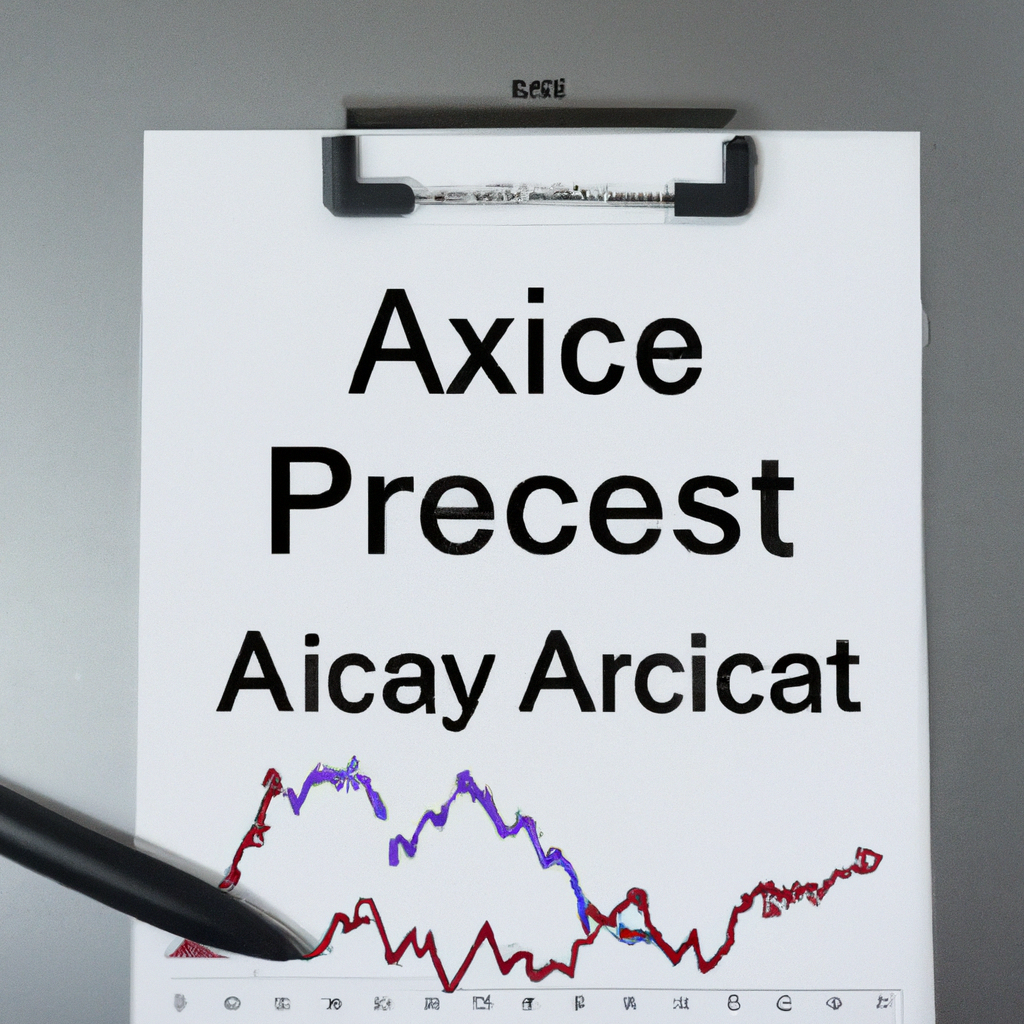Price Action Analysis Methods: A Comprehensive Guide
Introduction
Price action analysis is a popular trading strategy that focuses on studying and interpreting the movement of price on a chart. It is based on the belief that price reflects all available information, making it a valuable tool for predicting future market trends. In this article, we will explore some of the most commonly used price action analysis methods and how they can be applied in trading.
1. Candlestick Patterns
Candlestick patterns are one of the fundamental building blocks of price action analysis. These patterns provide valuable insights into market sentiment and can help identify potential reversals or continuations in price trends. Some commonly used candlestick patterns include doji, hammer, shooting star, and engulfing patterns. Traders often combine these patterns with other technical indicators to increase the accuracy of their predictions.
2. Support and Resistance Levels
Support and resistance levels are key price levels where the market has historically shown a tendency to reverse or consolidate. By identifying these levels on a chart, traders can make informed decisions about when to enter or exit a trade. Support levels are areas where buying pressure is expected to outweigh selling pressure, while resistance levels are areas where selling pressure is expected to outweigh buying pressure. Traders often use trendlines, moving averages, or previous price highs and lows to identify these levels.
3. Trend Analysis
Trend analysis is an essential component of price action analysis. It involves identifying the direction of the market and trading in alignment with that trend. Traders can use various tools, such as moving averages or trendlines, to determine the overall trend. Additionally, analyzing the sequence of higher highs and higher lows in an uptrend or lower highs and lower lows in a downtrend can provide further confirmation of the trend direction.
4. Breakouts and Pullbacks
Breakouts and pullbacks are common occurrences in price action analysis and present trading opportunities. A breakout occurs when price moves above or below a significant level of support or resistance, indicating a potential change in trend. Traders often wait for a pullback, which is a temporary retracement of price after a breakout, to enter a trade at a more favorable price. This strategy aims to capture the momentum of the new trend.
5. Multiple Time Frame Analysis
Multiple time frame analysis involves examining price action across different time frames to gain a comprehensive view of the market. Traders often use a higher time frame to identify the overall trend and a lower time frame to pinpoint entry and exit points. This approach helps traders avoid false signals and increases the probability of successful trades.
Conclusion
Price action analysis methods provide traders with a powerful set of tools for analyzing and predicting market trends. By studying candlestick patterns, support and resistance levels, trend analysis, breakouts and pullbacks, and employing multiple time frame analysis, traders can make more informed trading decisions. However, it is important to remember that no analysis method is foolproof, and combining price action analysis with risk management strategies is crucial for long-term trading success.

